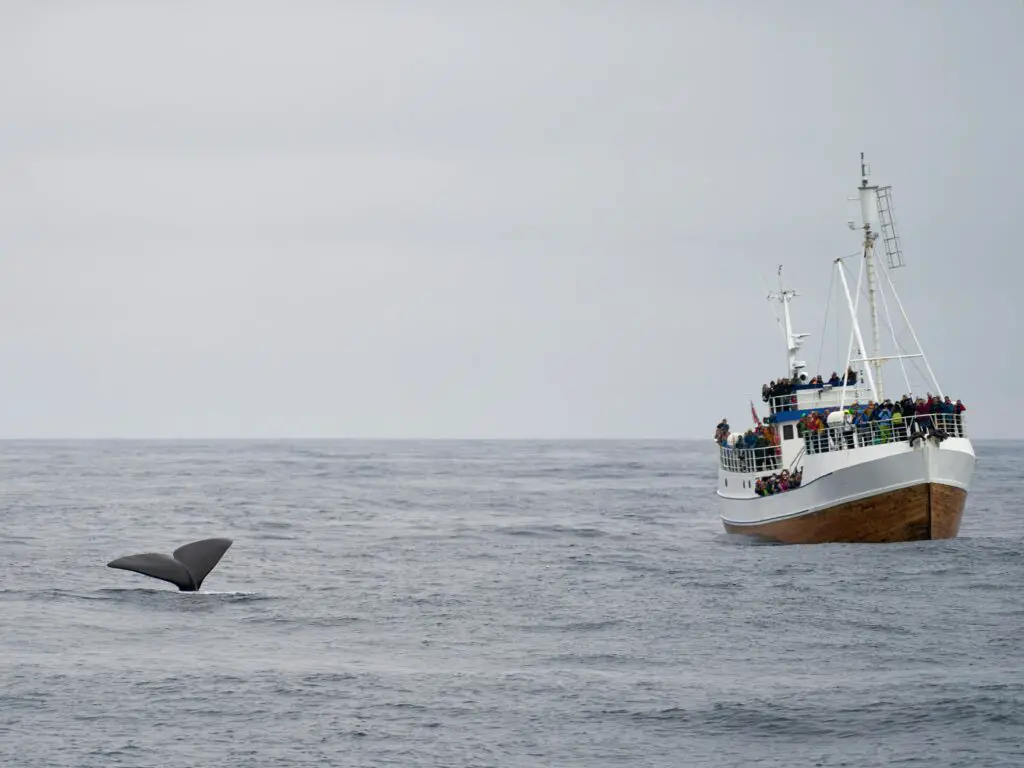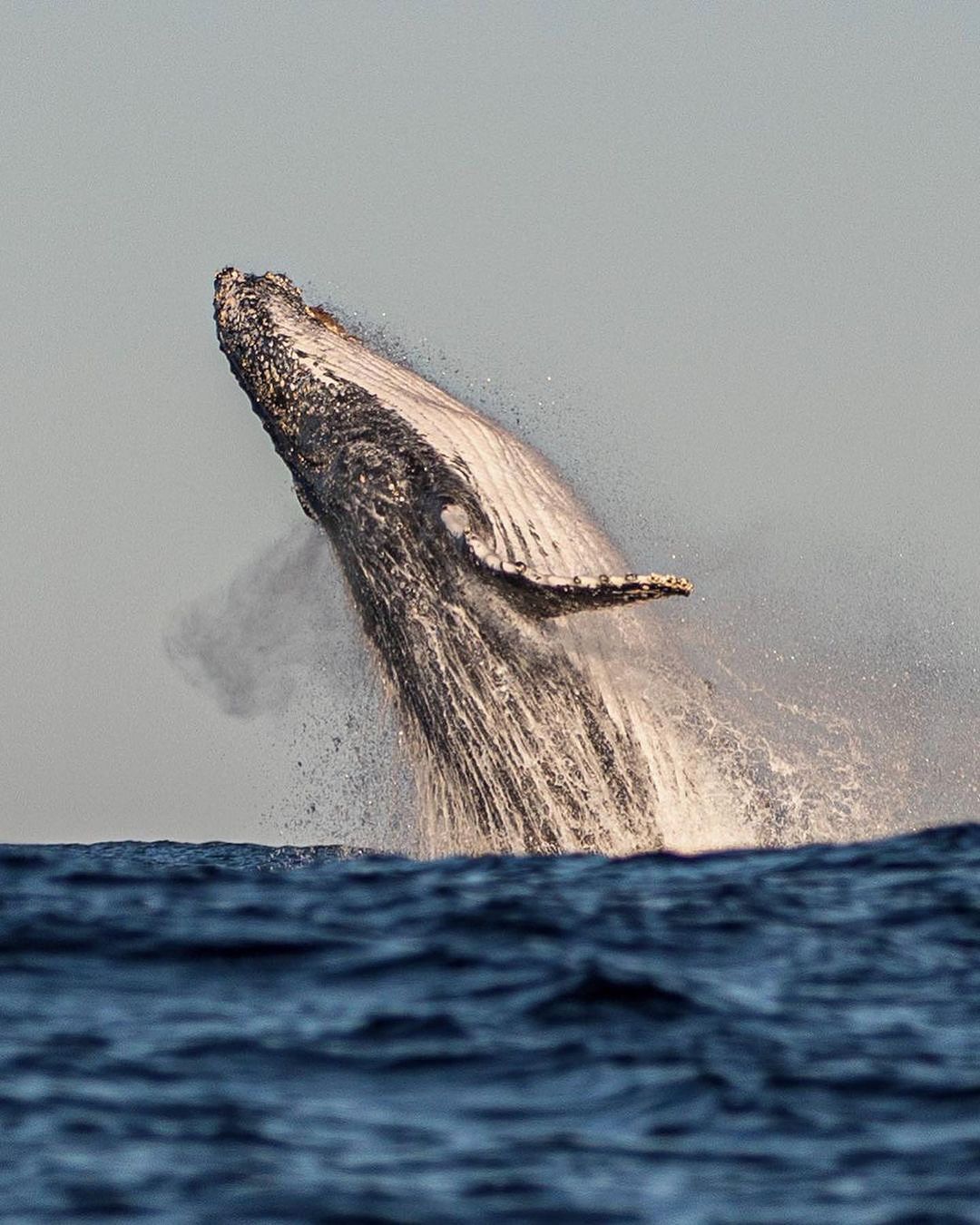As an ocean enthusiast and whale watcher, I feel a deep responsibility to these gentle giants of the sea. When exploring their natural habitat, we must tread carefully to minimize disruption. In this article, I will share best practices for responsible whale watching, including maintaining a respectful distance, limiting time spent observing, and using only authorized tour operators. By following a few simple guidelines, we can marvel at nature’s grandeur without harming the whales or infringing on their space. With conscientious action, we can uphold ethical standards and preserve the whales’ environment. Join me in championing eco-friendly excursions that benefit whales and humans alike.
When Is Whale Watching Season? The Best Times for Spotting Whales
###Spring and Summer The spring and summer months, from March through August in the Northern Hemisphere, mark the peak whale watching season. During this time, many whale species can be spotted in their natural habitats. Gray whales, in particular, are commonly seen migrating along the Pacific coast during their spring migration from March to May. Humpback whales are also frequently spotted in tropical waters, such as Hawaii, during their breeding season from December to April. ###Fall The fall months, September through November, also provide opportunities for whale watching, especially along migration routes. Humpback whales can often be seen migrating southward to their breeding grounds, while gray whales travel south along the Pacific coast to their calving lagoons in Baja California. Some whale watching tours also spot fin whales, minke whales, and killer whales during the fall.

Location Matters
The specific time of year for optimal whale watching ultimately depends on your location and the types of whales found in nearby waters. For example, if you’re on the east coast of the U.S. or Canada, the best time to spot whales is from March through October when humpback, fin, and minke whales feed in waters along the Atlantic seaboard. In contrast, the winter and spring months, December through April, are the prime whale watching season off the coast of Maui, Hawaii when humpback whales mate and give birth in the warm, shallow waters.
By planning your whale watching excursion during peak seasons in locations known for whale activity, you’ll have the best chances of spotting these magnificent marine mammals in their natural habitat. Whale watching can be an unforgettable experience, so make sure to choose an eco-friendly tour operator to minimize disturbances to whales and ensure their long-term conservation.
Whale Watching Guide: Choosing an Ethical and Eco-Friendly Operator
Do Your Research
As an eco-conscious traveler, I always thoroughly research whale watching tour operators before booking an excursion. I look for companies committed to responsible and sustainable practices that protect the whales and their habitat. Some key things I consider are:
Do they follow whale watching guidelines set by marine authorities? Reputable operators will strictly adhere to distance, time, and number restrictions to avoid harassment and stress to the whales.
Do they employ naturalists and researchers on their tours? Companies that value education and conservation will have trained staff on hand to teach about whale behavior and identify individuals.
Do they contribute to whale conservation and research? The best operators actively support organizations that protect whales and donate a portion of proceeds to fund research and conservation efforts.
Choose a Small, Specialized Operator
Rather than large cruise ship excursions, I prefer smaller tour groups. Specialized whale watching companies are better able to follow responsible practices and their tours tend to be more educational and intimate. Their smaller, specialized boats also produce less noise and air pollution.
Ask About Sustainability Certification
Some whale watching operators have earned certification for their sustainable and eco-friendly business practices. Certification programs like Green Tourism and the Whale Heritage Site label set high standards for responsible wildlife viewing. Choosing a certified operator is an easy way to ensure an ethical excursion.
With mindful planning and by selecting a reputable, eco-conscious tour company, whale watching can be an incredibly rewarding experience that supports rather than exploits these magnificent creatures. By following these best practices for responsible whale watching, we can appreciate and protect the whales for generations to come.
How to Practice Responsible Whale Watching: Rules and Etiquette
As an avid whale watcher, I follow strict rules and etiquette to ensure these majestic creatures are treated with the utmost care and respect. ###Maintaining a safe distance. When encountering whales in their natural habitat, I keep my vessel at least 100 feet away at all times. Approaching too closely can disturb and stress the whales, disrupting their feeding, resting, and nurturing behaviors.
Limiting time observing. I limit my observation time to 30 minutes when viewing the same group of whales. Prolonged exposure to humans can cause undue stress and trauma. After 30 minutes, I move on to find another group or end my excursion.
Avoiding sudden movements or loud noises. I instruct all passengers to avoid making any sudden movements, loud noises or splashing around that may startle the whales. Their acute hearing and sensitivity to sound means even a scream or dropped object could frighten them. We maintain a calm, quiet environment at all times.
Choosing eco-friendly tours. I carefully research tour companies to choose one with a proven commitment to responsible and sustainable whale watching practices. Some key signs include smaller group sizes, longer operating history, naturalist guides, and donations to whale conservation efforts. My tourism dollars support companies promoting eco-friendly policies and the protection of whales.
By following these best practices for responsible whale watching, I can marvel at these amazing creatures in their natural habitat without causing disruption or harm. Promoting sustainable tourism and education is the key to protecting whales and their ecosystems for generations to come. My role as an avid whale watcher means acting as an ambassador for these gentle giants of the sea.
The Impact of Whale Watching on Marine Life: Maintaining Sustainable Practices
As an avid whale watcher, I am acutely aware of the effects that irresponsible viewing practices can have on these magnificent creatures and their ecosystems. ###Regulating Vessel Traffic Unregulated vessel traffic is one of the biggest threats to whales from tourism. Too many boats crowding whales can disrupt their feeding, breeding, and migration behaviors. As a conscientious whale watcher, I ensure that the tour operators I patronize follow responsible practices, such as limiting the number of vessels around whales at any given time and maintaining an appropriate distance.
Minimizing Noise Pollution
The sounds of boat engines and human voices can disrupt whales’ sensitive hearing and ability to communicate using their own complex language of clicks, whistles, and pulses. Responsible whale watching means using properly muffled engines that minimize noise and avoiding loud noises and sudden movements that could startle the whales. Watching in silence allows us to better appreciate the whales’ grace and power.
Ensuring Sustainable Practices
Some whale watching tours claim to be “eco-friendly” or “sustainable” when in reality their practices are harmful. I carefully research tour companies to choose one with a proven commitment to responsible wildlife viewing. This means operating at sustainable levels that do not stress the local whale populations, using well-trained guides, and contributing a portion of proceeds to whale conservation and habitat protection.
As whale populations have started to rebound from the brink of extinction, the whale watching industry has grown rapidly. But with growing popularity comes growing responsibility. When done properly, whale watching can foster appreciation and support for marine conservation. By choosing sustainable tour operators and practicing responsible viewing, we can ensure that whale watching remains an ethical and eco-friendly activity for generations to come. Overall, responsible and sustainable whale watching means putting the wellbeing of the whales first and regulating tourism to minimize stress and prioritize the whales’ natural behaviors. This will allow all of us to continue to be enriched by encounters with these magnificent ocean giants far into the future.
Whale Watching FAQs: Your Top Questions Answered
As an avid whale watcher and advocate for responsible eco-tourism, I frequently receive questions about how to have an enjoyable excursion while respecting these oceanic giants. Here I address some of the most common queries.
How close can we get to the whales?
When whale watching, it is unethical and often illegal to get within 100 yards of whales. Whales are sensitive to noise and disturbance, so give them plenty of space. Use binoculars or a zoom lens to get a close-up view from a distance. If whales approach your vessel, cut the engine and avoid sudden movements or loud noises. Enjoy the moment but do not chase or harass the animals.
What is the best time of year to go whale watching?
The optimal time depends on your location and target species. For humpback whales, the summer months are best as they migrate to feed in cooler waters. Gray whale watching peaks in winter along their migration route. Some locations offer great viewing year-round for resident populations like orcas. Check with local guides on the specific seasons for whales in your area. Going in the off-season or shoulder months can also mean smaller crowds and lower rates.
Is whale watching harmful to whales?
Whale watching that follows best practices has little harmful impact. However, irresponsible operations can disturb whales’ feeding, breeding, nursing, and migration behaviors. Choose tours that follow whale watching guidelines:
- Maintain a respectful distance of at least 100 yards.
- Limit tour durations to around 3 hours.
- Never chase or harass whales. Allow them to come to the vessel.
- Avoid sudden or excessive noise that may stress the animals.
- Choose smaller tour groups when possible for less environmental impact.
By selecting responsible tour companies and following a code of conduct during your trip, you can enjoy this amazing experience knowing you are respecting the welfare of whales in their natural habitat. Spending money on eco-friendly excursions also encourages more sustainable practices in the tourism industry. Together, we can protect these magnificent creatures for generations to come.
Conclusion
As our understanding of these majestic ocean giants increases, we must continue to reevaluate how we interact with them responsibly. While regulated whale watching provides crucial funding for conservation efforts, we must be ever diligent in minimizing our impact on populations already facing numerous threats. By following best practices, educating ourselves and fellow whale watchers, and supporting research, we can ensure our encounters with whales remain mutually beneficial. With conscientious, compassionate stewardship, we can continue to be graced by the presence of these awe-inspiring creatures for generations to come.





